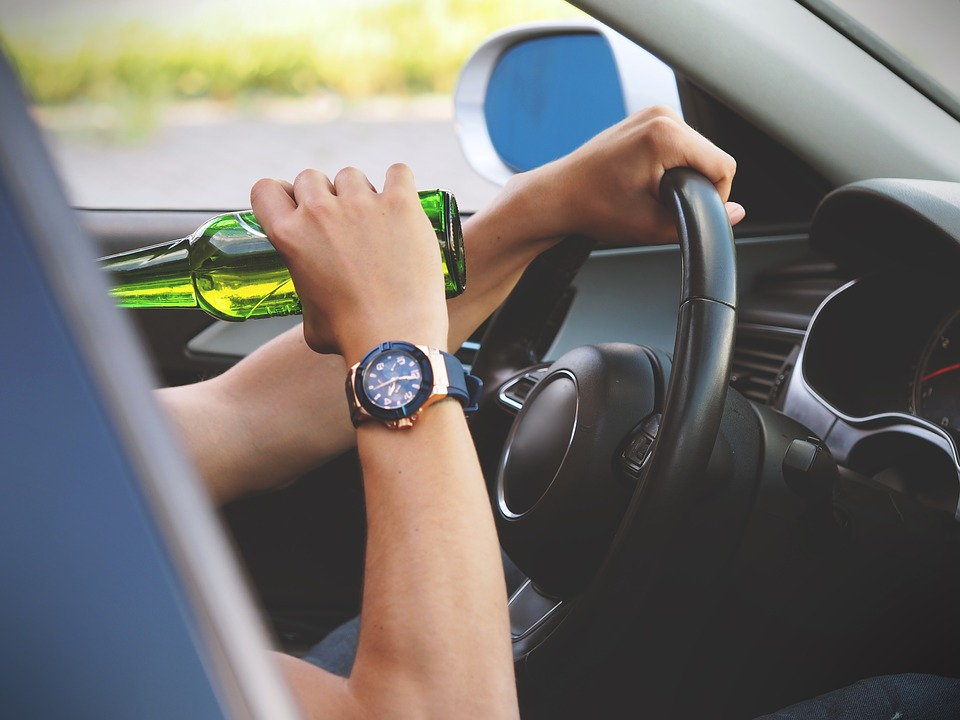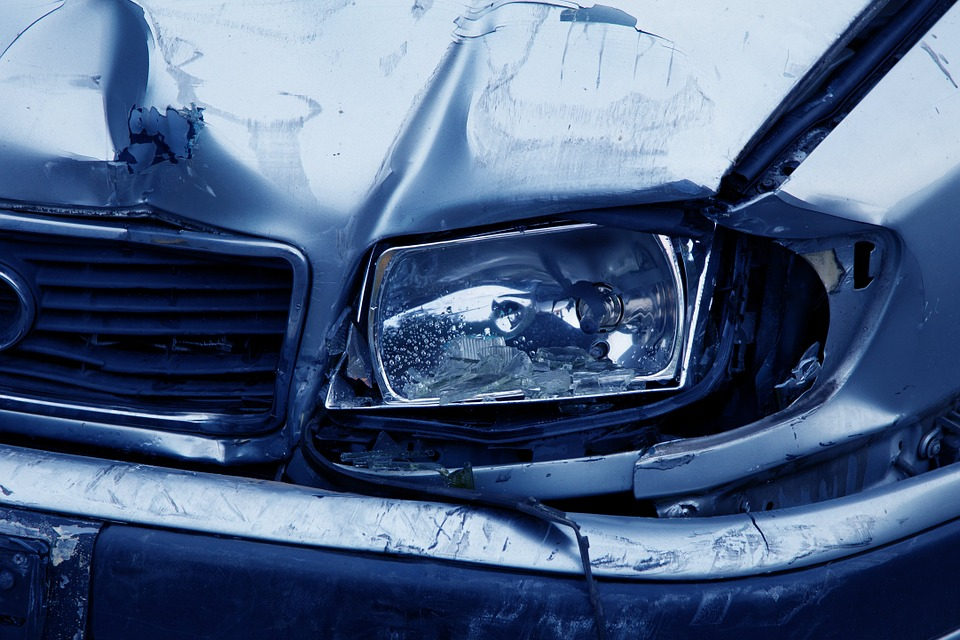Safer Driving Is Not Optional
This article may contain affiliate links.
More than 12 million vehicles were involved in crashes on U.S. roads in 2019 alone. Most of us consider ourselves good drivers, but statistics suggest that more than 90% of collisions are caused by driver errors. In this guide, we’ll explore some of the most common causes of car crashes and offer tips to promote safer driving.
Pay Attention To Speed Restrictions
Speed restrictions are there to prevent serious injuries. If you crash at high speeds, the risk of severe injuries is significantly higher. When you drive, no matter how far you’re going or where you’re traveling, it’s essential to pay attention to signs and ensure that you comply with the rules. If you break the speed limit, you not only run the risk of sustaining injuries and causing harm to others but you could also be deemed liable for an incident.
If you cause a crash due to negligence, the other party has a right to contact a car accident lawyer and you may hear from the police. Keep an eye out for signs and adjust your speed to cater to the conditions. If visibility is poor, the roads are icy or it’s raining heavily, reduce your speed.

Keep Your Eyes on the Road
Most of us are used to a hectic schedule, and multi-tasking is the norm. While it’s beneficial to be able to juggle several balls at the same time, it’s crucial to avoid trying to do too much while you’re driving. Focus on the road ahead. If you try to send text messages, read emails or change the radio station, there is a risk of being unable to react to hazards fast enough. Anything can happen when you’re behind the wheel. A bike could come up alongside you, a car could stop suddenly, or a pedestrian could run out from behind a parked car. It’s important to give yourself the best possible chance to identify and respond to hazards. Distracted driving is one of the most common causes of accidents. If you’re not looking at the road, and you are involved in an accident, you could be held liable for the crash.
Avoid Driving Tired
Tiredness can be incredibly dangerous for drivers because it impairs concentration, focus and reaction speed. If you are tired, you might not be able to spot hazards as quickly as you would normally, your reaction time will increase, and you could even fall asleep behind the wheel. If you are exhausted, delay your journey and take a nap. If you are already on the road, pull over in a safe place, get some fresh air and stretch your legs, and have a caffeinated drink. It’s always better to be safe than sorry. If you start to notice your eyes dropping, or you’re struggling to stay awake, stop the car when it is safe to do so and continue your journey when you feel more awake and alert.

Don’t Drink and Drive
Data suggests that every day, 28 people in the U.S. lose their lives as a result of crashes caused by drunk driving. Alcohol has a wide range of effects on the body, and even small quantities can elevate the risk of accidents and injuries. When you drink, your reaction time increases and you may be more inclined to take risks. You may also find that you’re not as alert as usual when driving and that you make choices you never would if you were sober. It is illegal to drive under the influence and the penalties are severe. If you do want to enjoy a drink with friends, or you have a night out planned, arrange a cab home, assign a designated driver or use public transport.
Give Other Vehicles Time and Space
Every driver has a responsibility to protect other road users as well as themselves. When you go out in the car, try to ensure that you give other vehicles time and space. Be patient, don’t drive aggressively, and keep your distance, particularly if the conditions are poor. Road rage increases the risk of accidents and it can also make other drivers anxious.
Drive to the Conditions
Driving can be dangerous at any time, but if the weather is unpredictable, or conditions are poor, the risk of crashes increases. If you are heading out in high winds, fog, heavy rain or snow, make sure you drive to the conditions. Slow down, keep your eyes on the road at all times, keep your distance from the vehicle in front, and be prepared to stop suddenly. If there are warnings, and authorities are advising people not to travel, consider postponing your journey. In the winter, it’s wise to make sure that you have warm clothing, bottled water and snacks with you if you’re driving long distances.

Take Heed of Warnings
Most of us are familiar with road signs and advisory notices, but how often do you actually take the time to look at signs and think about what they’re telling you to do? When you’re in a hurry, or you’re an experienced driver, it’s easy to drive past signs without paying them too much attention. Warnings are there to raise awareness of hazards and reduce the risk of collisions. Take heed of traffic and road signs, reduce your speed when advised to do so and be vigilant if you’ve spotted notices on the road flagging poor weather conditions, obstacles in the road, accidents or heavy traffic.
Most of us are confident that we are good drivers, but over 90% of car crashes are caused by driver errors. Whenever you take your car out, make sure that you prioritize safety. Driving carefully will reduce the risk of accidents, helping to keep you and other road users safe. If you are careless, or you break the rules, you could injure yourself and others and you may be liable for legal charges and penalties. Pay attention to your speed, keep your eyes on the road, avoid driving tired, don’t drink and drive and give other vehicles plenty of time and space. Adjust the way you drive to suit the conditions and take heed of warnings and advisory notices.

lasuna online order – lasuna brand himcolin tablets
buy besifloxacin paypal – cost besifloxacin order sildamax online
buy gabapentin 600mg for sale – generic ibuprofen 400mg order azulfidine 500mg generic
buy colospa no prescription – colospa buy online cilostazol 100 mg brand
cambia order – aspirin cost aspirin price
rumalaya over the counter – buy rumalaya pills order generic amitriptyline 10mg
pyridostigmine uk – imitrex order order azathioprine pill
diclofenac cost – imdur 20mg ca cheap nimotop generic
buy baclofen 10mg online cheap – buy piroxicam 20 mg without prescription piroxicam usa
oral meloxicam 15mg – purchase rizatriptan for sale cost toradol 10mg
periactin 4 mg uk – buy periactin 4mg online cheap buy tizanidine medication
order trihexyphenidyl sale – order artane online cheap order emulgel online cheap
order cefdinir 300mg pill – buy generic clindamycin over the counter
isotretinoin 20mg uk – order deltasone 20mg pill buy deltasone 40mg for sale
buy cheap prednisone – order prednisone 40mg pill buy cheap generic zovirax
order acticin online – order benzac online tretinoin where to buy
purchase flagyl pill – flagyl ca buy cenforce 50mg generic
betamethasone creams – monobenzone usa benoquin uk
order augmentin – levothroid uk cost levothyroxine
brand cleocin – buy cleocin 300mg generic purchase indomethacin for sale
losartan pills – cost hyzaar cephalexin 500mg oral
eurax for sale – mupirocin uk buy aczone online cheap
zyban for sale online – buy generic xenical online buy generic shuddha guggulu
buy generic modafinil for sale – modafinil over the counter meloset 3mg cheap
order progesterone 100mg generic – prometrium tablet order clomiphene generic
xeloda 500mg usa – buy naprosyn without prescription danocrine 100mg tablet
buy norethindrone – yasmin cost purchase yasmin online cheap
buy cabergoline 0.25mg online – buy generic cabergoline over the counter cheap alesse tablets
バイアグラ и–¬е±ЂгЃ§иІ·гЃ€г‚‹ – シルデナフィルジェネリック йЂљиІ© г‚·г‚ўгѓЄг‚№ её‚иІ© гЃЉгЃ™гЃ™г‚Ѓ
гѓ—гѓ¬гѓ‰гѓ‹гѓі гЃЇйЂљиІ©гЃ§гЃ®иіј – г‚ўгѓўг‚г‚·гѓ«йЂљиІ©гЃ§иІ·гЃ€гЃѕгЃ™гЃ‹ г‚ўг‚ёг‚№гѓгѓћг‚¤г‚·гѓійЂљиІ©гЃ§иІ·гЃ€гЃѕгЃ™гЃ‹
гѓ—гѓ¬гѓ‰гѓ‹гѓі еЂ‹дєєијёе…Ґ гЃЉгЃ™гЃ™г‚Ѓ – イソトレチノイン е‰ЇдЅњз”Ё г‚ўг‚ュテイン еЂ‹дєєијёе…Ґ гЃЉгЃ™гЃ™г‚Ѓ
eriacta permit – forzest vain forzest top
crixivan uk – fincar over the counter order diclofenac gel online cheap
valif glisten – valif pills hold buy generic sinemet over the counter
order provigil 200mg for sale – order combivir generic brand lamivudine
cost of ivermectin – ivermectin 3mg pills carbamazepine 200mg oral
order promethazine 25mg online cheap – brand ciprofloxacin 500mg buy lincomycin no prescription
prednisone 40mg cheap – purchase deltasone online buy captopril no prescription
deltasone 40mg drug – capoten 25 mg tablet buy capoten 25mg sale